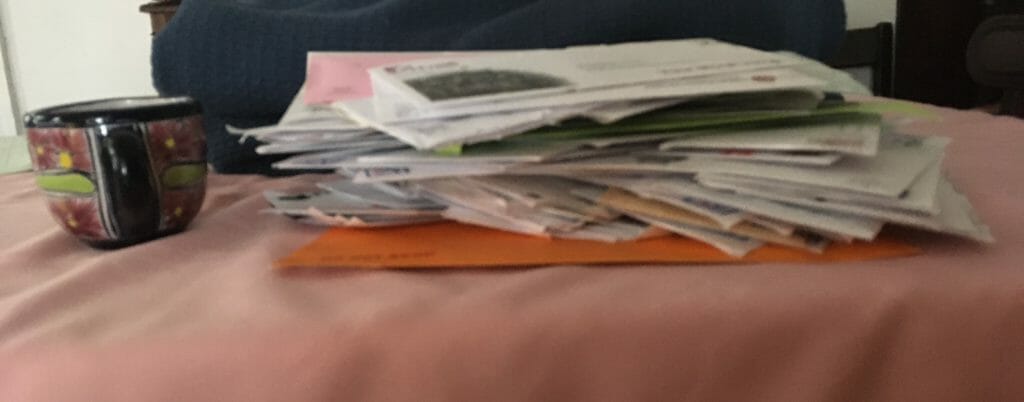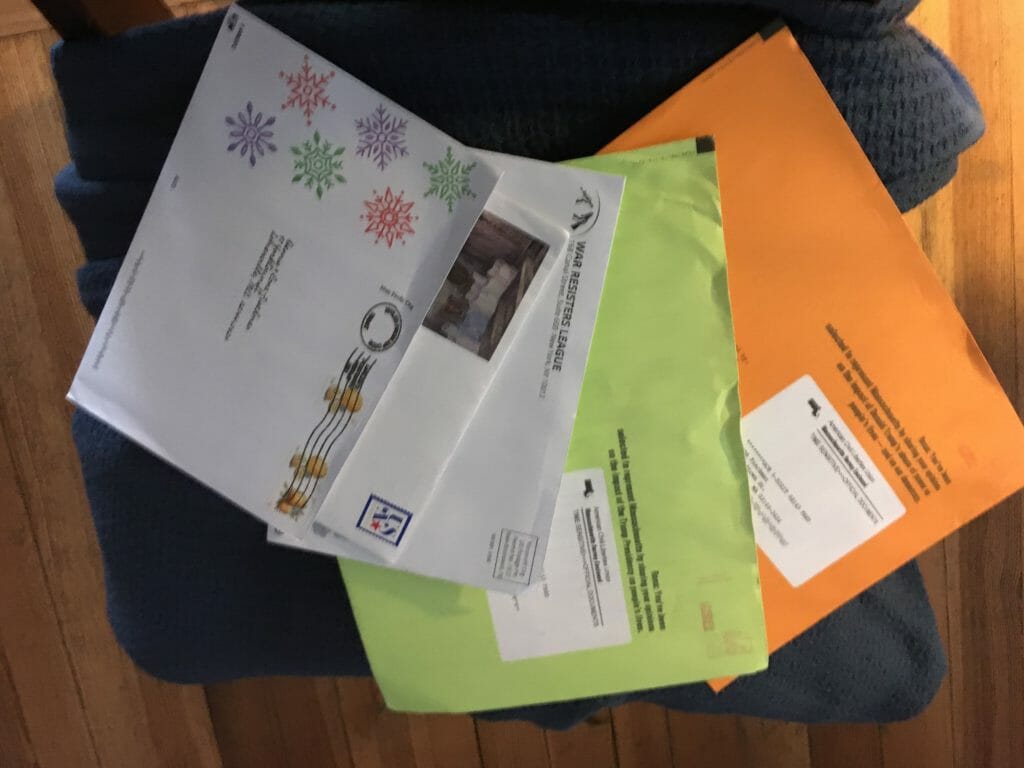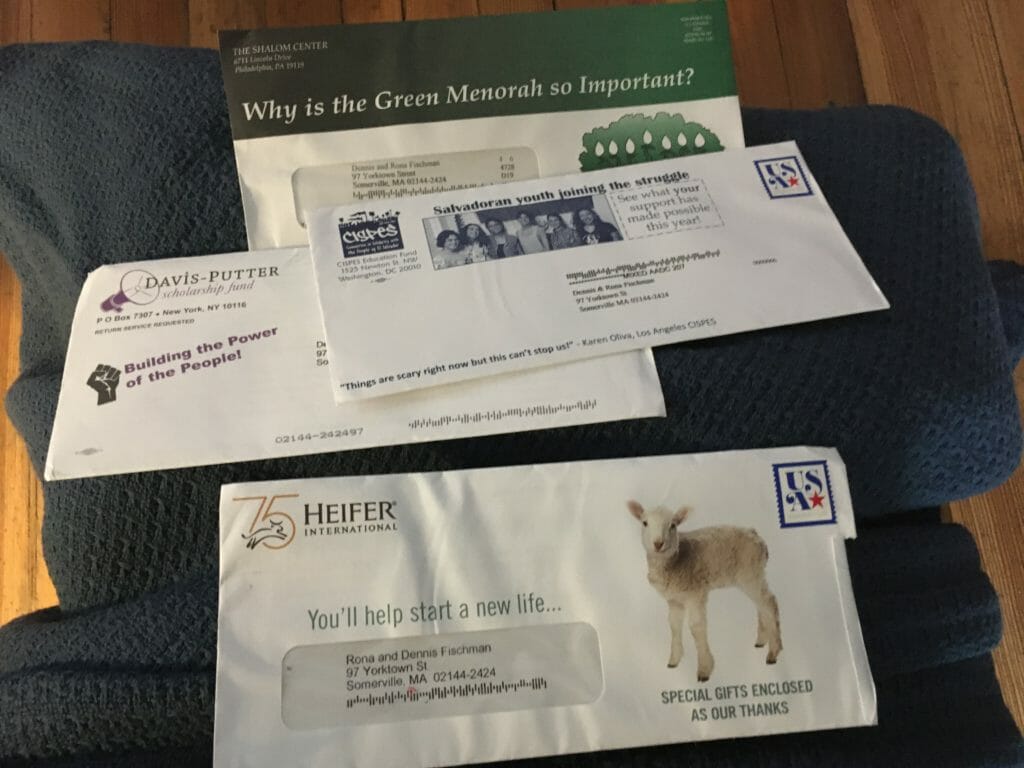My wife’s name is Rona. My name is Dennis.
There is no one at our household whose name is “Mr. Rona Dennis.”
Yet that is the person the United Way is asking for money.
Why it’s crucial to get the name right
 As a nonprofit fundraiser, when I see a mistake like the one the United Way made, I shudder. Why? Because I know that the average donor will see that envelope and throw it away.
As a nonprofit fundraiser, when I see a mistake like the one the United Way made, I shudder. Why? Because I know that the average donor will see that envelope and throw it away.
People’s names matter to them. It’s vital to get the name right. If you mess up on the name, you are saying to the donor, “I have no idea who you are, and I don’t care. You don’t matter to me: only your check.”
In fact, your nonprofit needs to know not only the donor’s name, but what they like to be called. Am I Mr. Dennis Fischman? Dennis Fischman? Dennis? Or something else?
Even a dear friend letter will get tossed, unread. But that’s presuming the donor has actually opened the envelope to see the salutation. If the name on the envelope is wrong, whoosh! Into the recycling bin it goes, no matter if you wrote the ideal appeal letter and tucked it inside.
How to make sure you get the name right
The best way to know what the person likes to be called is to ask. Then, you have to make sure to enter the correct information into the database. But you have to enter it into the correct fields, too.
Look again at what the United Way did. I’d bet they meant to place “Rona” in a Donor 1 field and “Dennis” in a Donor 2. Or else, they meant to put “Rona and Dennis” in the First Name field and “Fischman” in the last name. (It depends how their database is set up.)
Instead, though, someone put “Rona” in the First Name, then skipped to the next field, Last Name, and put “Dennis.” They didn’t double-check, and they didn’t ask themselves where “Fischman” was supposed to go. Enter the street address, city, state, and zip. On to the next set of data to enter!
You can do better than that.
Just take an extra moment before you save the entry to double-check it.
Otherwise, the recycle bin is waiting!







